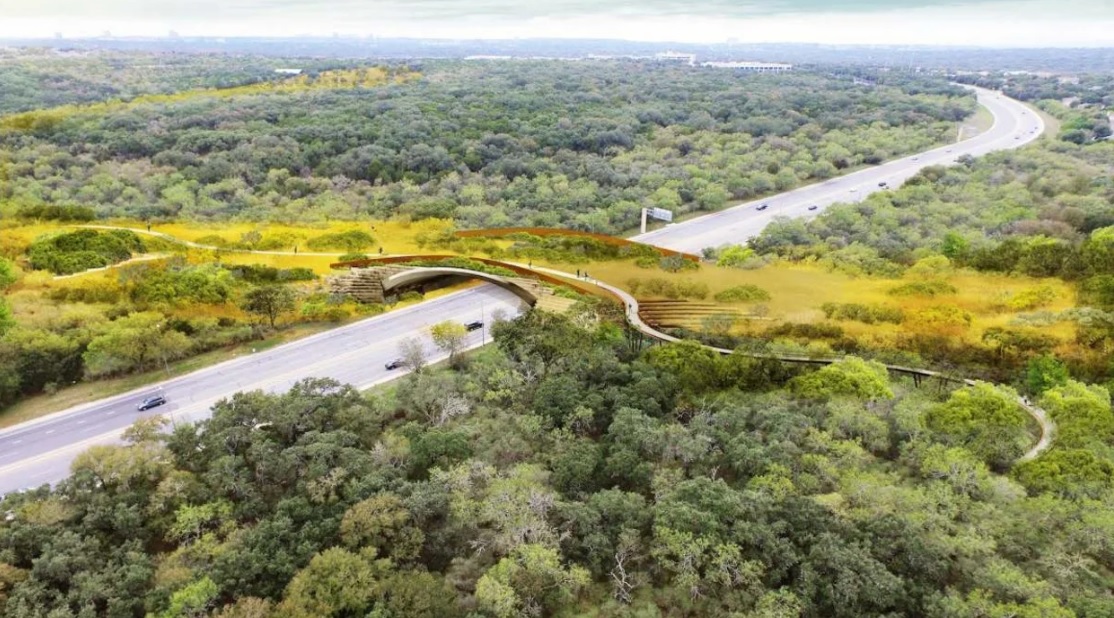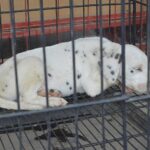
San Antonio Debuts Largest Wildlife Bridge In U.S.
- Thomas Nelson
- December 20, 2020
- Animals, Nature
- 0 Comments
Wildlife crossings are nothing new – they’ve actually been around for a while. But recently, wildlife crossings that allow animals to safely cross over multi-lane highways and interstates have become increasingly popular in Europe and North America. And now, San Antonio has debuted the largest wildlife bridge in the United States.
The Phil Hardberger Park, a 311 acre park in San Antonio, Texas, is split into two parts by Wurzbach Parkway. The six lane parkway prevented both humans and animals from being able to safely cross to either side of the park by foot. But now, the Robert L.B. Tobin Land Bridge connects the two halves, creating safe passage to either side.
“For many years, the Robert L.B. Tobin Land Bridge was only a dream. Thanks to overwhelming community support of the 2017 Bond, the generosity of donors from across the city and the hard work and dedication of so many, the vision is now a reality,” Phil Hardberger, former San Antonio Mayor, said in a press release.
“I am honored to invite San Antonians to come experience the Land Bridge and hope it will offer them an escape from the stresses of this year — a place where they may spend time with family and friends and connect with the natural world.”
The need for the wildlife bridge came in response to plans to increase the parkway from six to eight lanes and due to accidents between deer and motorists.
“Even though you do put up barriers, they’ll get across or start to get across. Right now, it’s six lanes, TxDOT says it will eventually be eight lanes,” Mayor Hardberger told KSAT. “We’ve had some accidents between cars and deer especially, and some of the smaller animals as well.”
Do wildlife bridges work?
Animal bridges like the Robert L.B. Tobin Land Bridge seem like a good idea but are often met with skepticism from people. Do they actually work? How do the animals know to use them? To some, it seems like a nice idea with little practical use.
According to a report by National Geographic, studies point to wildlife bridges like this one actually being pretty effective at reducing collisions between motorists and wildlife, with reductions of up to 95% where wildlife crossings, and fencing that guides wildlife to the bridges, are present.
Hopefully this wildlife crossing is one of many more to come.
Read next: Coyote Rescued After Getting Its Head Stuck In A Jar

